GALAPAGOS WILDLIFE: A Photo Essay
Text: Andreea & Justin Lotak; Photos: Justin Lotak • 6 min read
Galapagos land iguana (Conolophus subcristatus) on North Seymour Island
We arrived to the Galapagos Islands by sea, following a similar trajectory that many of the species that call these islands home may have taken tens of thousands of years ago. Since those first plants and animals arrived, they have flourished and diversified into species unlike any found elsewhere on the planet.
Created by intense volcanic activity, these stranded islands about 600 miles away from South America were not a place one could easily call home. But a few reptiles did, alongside cacti, trees, ferns, and beetles - all taking an enduring trip to colonize these isolated lands. Birds came as well, while the rich biodiversity below the ocean’s surface migrated here along currents rich in nutrients. Amphibians and land mammals couldn’t quite make the harsh journey so the latter group is represented by bats and the small Rice rat. That is, until another intrepid mammal made its way here and became one of the greatest forces of change on the islands, potentially forever altering the evolution of island species that had become endemic. Humans have had a complicated relationship with this archipelago and its incredible flora and fauna, and present-day inhabitants are working hard to restore or correct mistakes made in the past. Though the biodiversity of the islands pales in comparison to the impressive number of tropical South American species, it has made history. There are few places on Earth more iconic for wildlife than the Galapagos.
Because of that wildlife, the Galapagos has become one of the must-visit destinations for those of us that enjoy nature photography. And for that reason, there is no shortage of excellent wildlife photography already out there from the Galapagos. So why do we still feel the need to go take more pictures, often of animals that have been photographed over and over again? I sometimes ask myself this question when taking a picture of an animal that I have already photographed repeatedly. The answer for me is that every animal is different. Just as with humans, each individual animal has its own personality, and there are physical differences that sometimes may be too subtle or complex for us humans to notice.
When we were on a beach on San Cristobal Island, there was a small sea lion pup a few feet away from us. It didn't seem to be doing anything, while all the other noisy sea lion pups were either playing or feeding, and larger male and female sea lions were coming and going from the water. After about twenty minutes, a large female came out from the water and made a call that sounded no different to our human ears than any of the other calls that other sea lions were continuously making, but the sea lion pup near us immediately began calling back. The mother just coming onto the beach recognized the pup’s call, and the two quickly made their way to each other, reunited. Our human ears could not easily tell the difference between one call from another, but the sea lions could. The same goes for most species - there are differences that seem obvious only to those that are of the same kind. These differences are an important realization, especially when they are difficult or unable to be noticed by us. And having that realization can make the process of capturing photos of animals and their behavior a continuously rewarding experience. The behavioral and physical characteristics of each animal makes each photo unique, whether or not a species may be common or extremely rare.
The photos below are from the islands of San Cristobal, Santa Cruz, North Seymour, and Isabela. As is the case with almost all the Galapagos Islands, each has its own unique and magnificent wildlife.
San Cristobal giant tortoise
One of the older San Cristobal giant tortoises (Chelonoidis chathamensis) at the Galapaguera de Cerro Colorado. This species is endemic to the northeastern part of San Cristobal Island. The populations of giant tortoises were decimated by centuries of human exploitation, but conservation efforts and breeding centers such as this Galapaguera are working to breed and release these tortoises back into the wild. San Cristobal Island, Galápagos, Ecuador.
cactus finch (Geospiza scandens)
An endemic male common cactus finch getting its fill from an Opuntia flower. Santa Cruz Island, Galápagos National Park, Ecuador
Sally Lightfoot crab (Grapsus grapsus)
These colorful crabs are common along the Pacific coasts of the Americas, and are incredibly quick and agile, running and jumping from rock to rock to escape predators or those of us with cameras. As John Steinbeck quoted when studying them: "They seem to be able to run in any of four directions; but more than this, perhaps because of their rapid reaction time, they appear to read the mind of their hunter. They escape the long-handled net, anticipating from what direction it is coming." Santa Cruz Island, Galápagos, Ecuador.
Galapagos shark (Carcharhinus galapagensis)
Galapagos shark (Carcharhinus galapagensis) in the waters below Gordon Rocks, Santa Cruz Island. These sharks grow up to around 10 feet (3m) in length, and are common near tropical oceanic islands. They are described as "near threatened" by the IUCN. Galapagos, Ecuador.
Galapagos land iguana (Conolophus subcristatus)
This iguana is endemic to six of the Galapagos Islands: Fernandina, Isabela, Santa Cruz, North Seymour, Baltra, and South Plaza, but varies in color and morphology from island to island. Charles Darwin described them as "ugly animals, of a yellowish orange beneath, and of a brownish-red colour above: from their low facial angle they have a singularly stupid appearance." It is believed that they to live up to 60 years in the wild. North Seymour Island, Galápagos, Ecuador
Male and female magnificent frigatebirds (Fregata magnificens)
The adult males have large red gular sacs on their throats that they inflate to attract females. Once inflated they will stretch their wings out and vibrate their bodies, making a drumming sound. The sacs cannot deflate quickly, and sometimes males will be seen flying with inflated sacs. North Seymour Island, Galápagos, Ecuador
Galápagos sea lion (Zalophus wollebaeki)
This endemic species of sea lion is the smallest of all fur sea lions, yet males still can grow up to eight feet in length and weigh up to 550 lbs. They are curious and playful and will often be seen lying on benches, boats, and other manmade resting spots throughout the Galápagos. Gordon Rocks, Santa Cruz Island, Galápagos, Ecuador
Galápagos flycatcher (Myiarchus magnirostris)
This bird is endemic to the Galápagos, and as I learned while taking this picture, they will often fly towards long lenses. They apparently see their reflection in the lens, perceiving it as another bird. I was photographing a finch in the trees when this Galápagos flycatcher flew in front of my shot and perched itself perfectly on a branch three feet from me. San Cristobal Island, Galápagos, Ecuador
Blue-footed booby (Sula nebouxii)
Male Blue-footed booby doing his famous one-footed mating dance. North Seymour Island, Galápagos, Ecuador
Lava Lizard (Microlophus albemarlensis)
Male Lava Lizard arching his back at us as a display of dominance. North Seymour Island, Galápagos, Ecuador
Galápagos sea lion (Zalophus wollebaeki)
Galápagos sea lion (Zalophus wollebaeki), San Cristobal Island, Galápagos National Park, Ecuador
American flamingo (Phoenicopterus ruber)
American flamingo and a pair of white-cheeked pintails (Anas bahamensis galapagnsis). Watching flamingos feed is like watching a machine at work. Isabela Island, Galápagos, Ecuador
Marine iguana (Amblyrhynchus cristatus)
Marine iguanas are endemic to the Galapagos and have evolved to be at home in the sea. They dive 30ft deep into the cold Galápagos waters to feed exclusively on algae, and they have nasal glands that filter salt from the algae when eating, which they expel through their nostrils with strong exhales through the nose. Similar to the land iguanas, Darwin was not impressed by their appearance, calling them the "imps of darkness". San Cristobal Island, Galápagos National Park, Ecuador
scuba diving at the gordon rocks site
King angelfish (Holacanthus passer) and other species at Gordon Rocks dive site. King angelfish live in the Pacific from Peru to the Gulf of California, and are monogamous despite their large schools. They will commonly clean the scalloped hammerhead sharks off many of the Galapagos Islands. Santa Cruz Island, Galapagos, Ecuador.
Large ground finch (Geospiza magnirostris)
It is the largest of the Darwin finches, both in body size as well as beak size. Isabela Island, Galápagos, Ecuador
Lava gulls (Leucophaeus fuliginosus)
A pair of Lava gulls calling together. These birds endemic to the Galápagos Islands are the rarest gulls in the world, and are listed as "vulnerable" under the IUCN Red List. Santa Cruz Island, Galapagos.
Panamic cushion star (Pentaceraster cumingi)
Sea stars are carnivorous and Pentaceraster cumingi tend to feed on molluscs, worms and detritus, and grow to about a foot in diameter. Gordon Rocks, Santa Cruz Island, Galápagos, Ecuador
Black-necked stilt (Himantopus mexicanus)
They sift through the water to feed on a variety of aquatic invertebrates, depending on availability. Isabela Island, Galápagos, Ecuador
tortuga bay, santa cruz
Marine iguana (Amblyrhynchus cristatus) taking a swim at Tortuga Bay on Santa Cruz Island. The beautiful white sand and turquoise waters felt like we were in the Caribbean, only that this beach had marine iguanas.
Swallow-tailed gulls (Creagrus furcatus)
These beautiful gulls are the only fully nocturnal seabird in the world, eating mostly squid and small fish that come to the ocean's surface at night to feed on plankton. They are a "nearly endemic" breeding bird to the Galápagos, with some nesting pairs as well on Malpelo Island further east off the coast of Colombia. When not breeding, they will spend most of their time in the open ocean. North Seymour Island, Galápagos, Ecuador
Brown pelican (Pelecanus occidentalis), Santa Cruz Island
Ocean sunfish (Mola mola)
This is the heaviest bone fish in the world, with an average length of 6ft, a fin-to-fin height of 8ft, and they can weigh up to 2200 lbs. Although not fully understood, these fish will occionally be seen swimming sideways along the water's surface to what's thought to be them basking in the sun to recharge their body temperature. Gordon Rocks, Santa Cruz Island, Galápagos, Ecuador
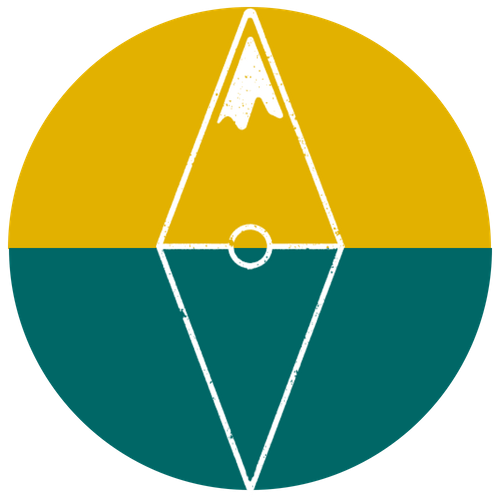


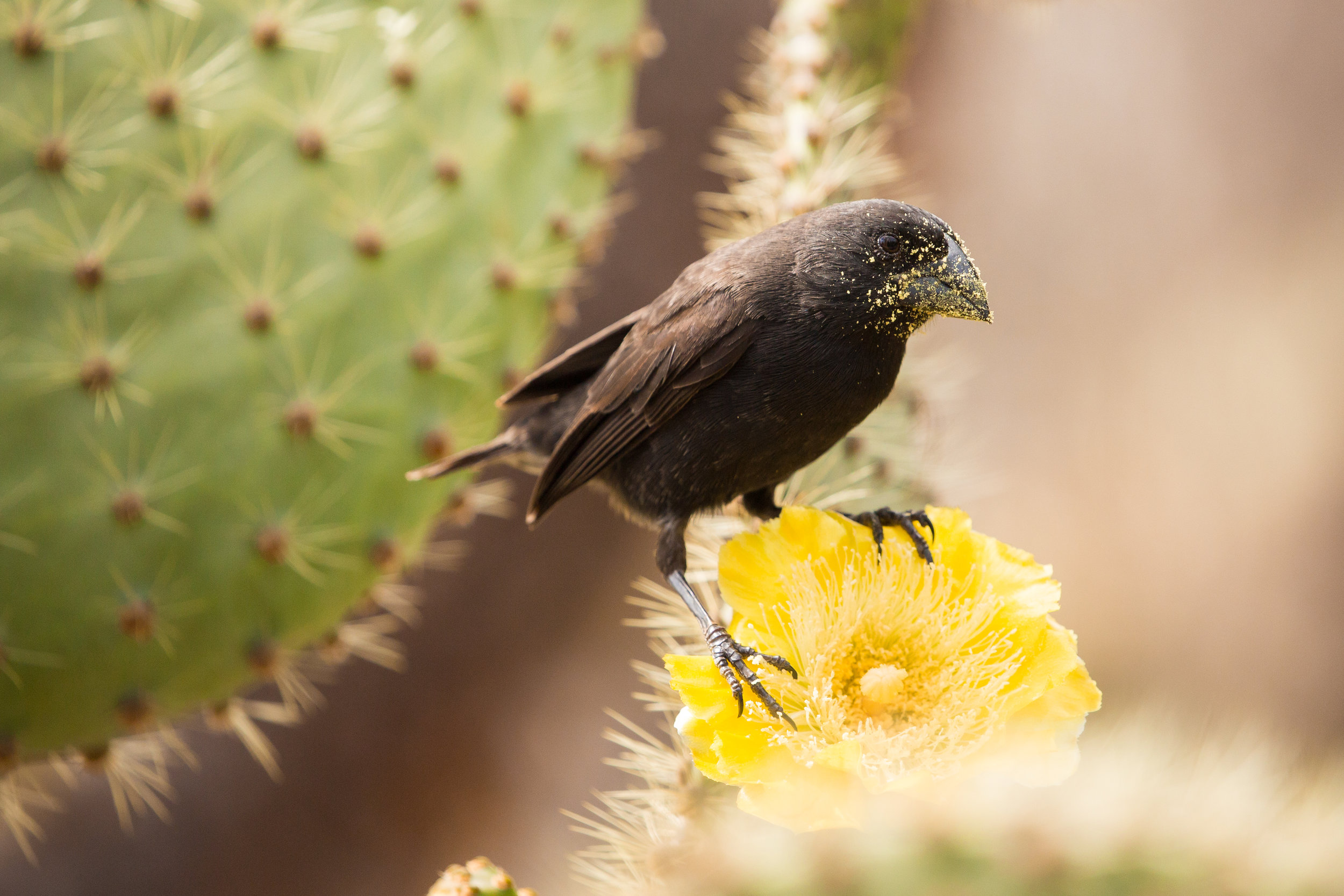



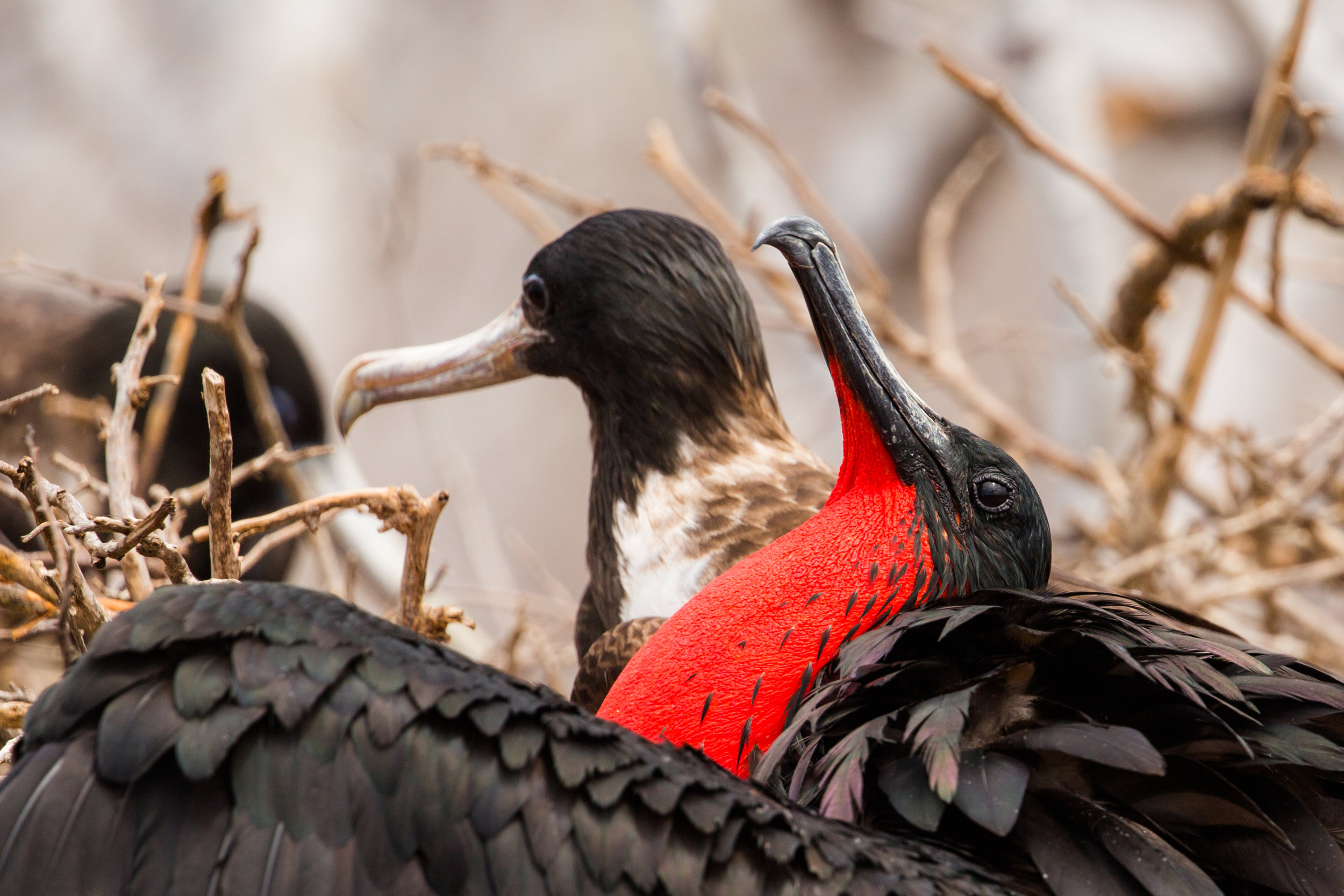


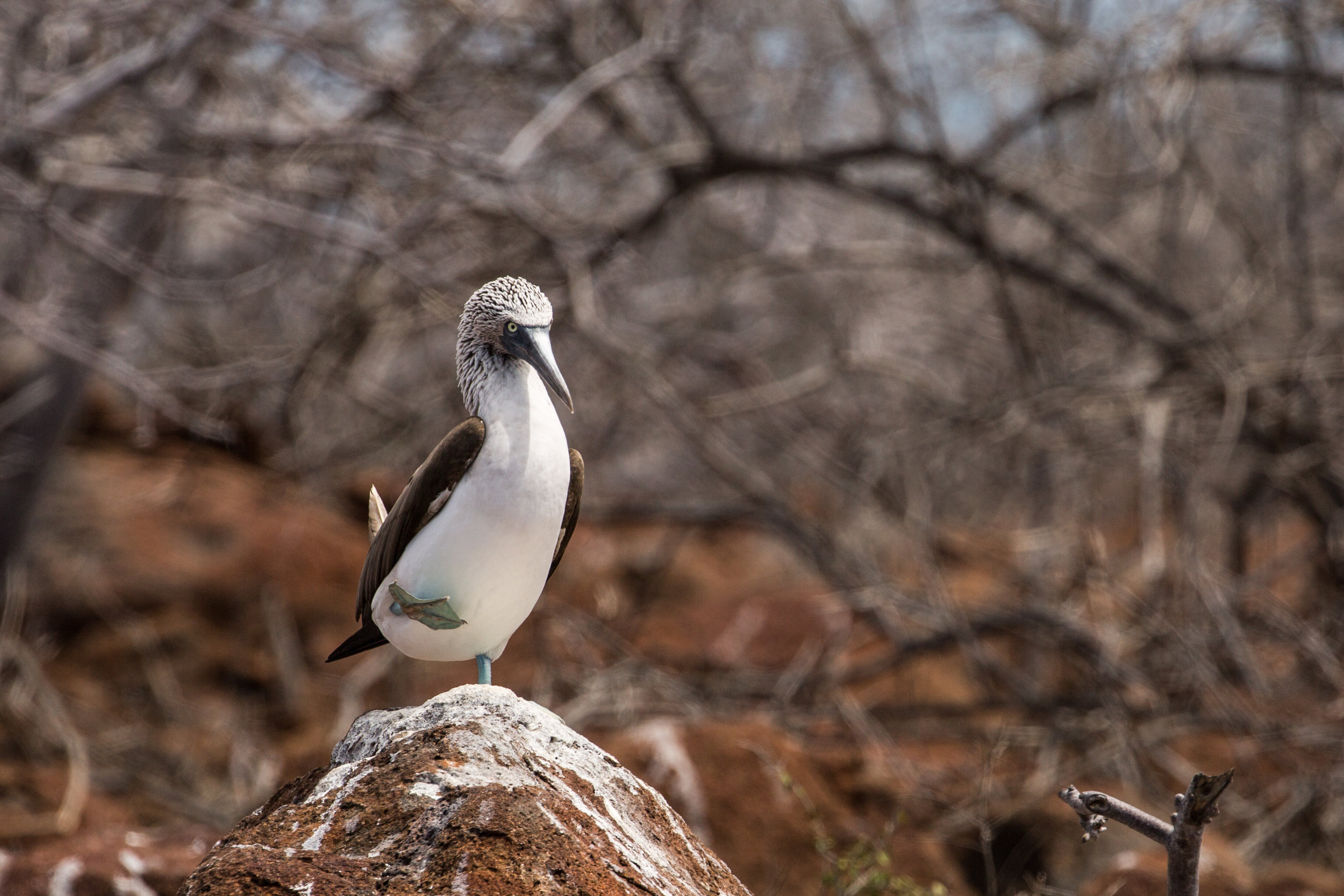



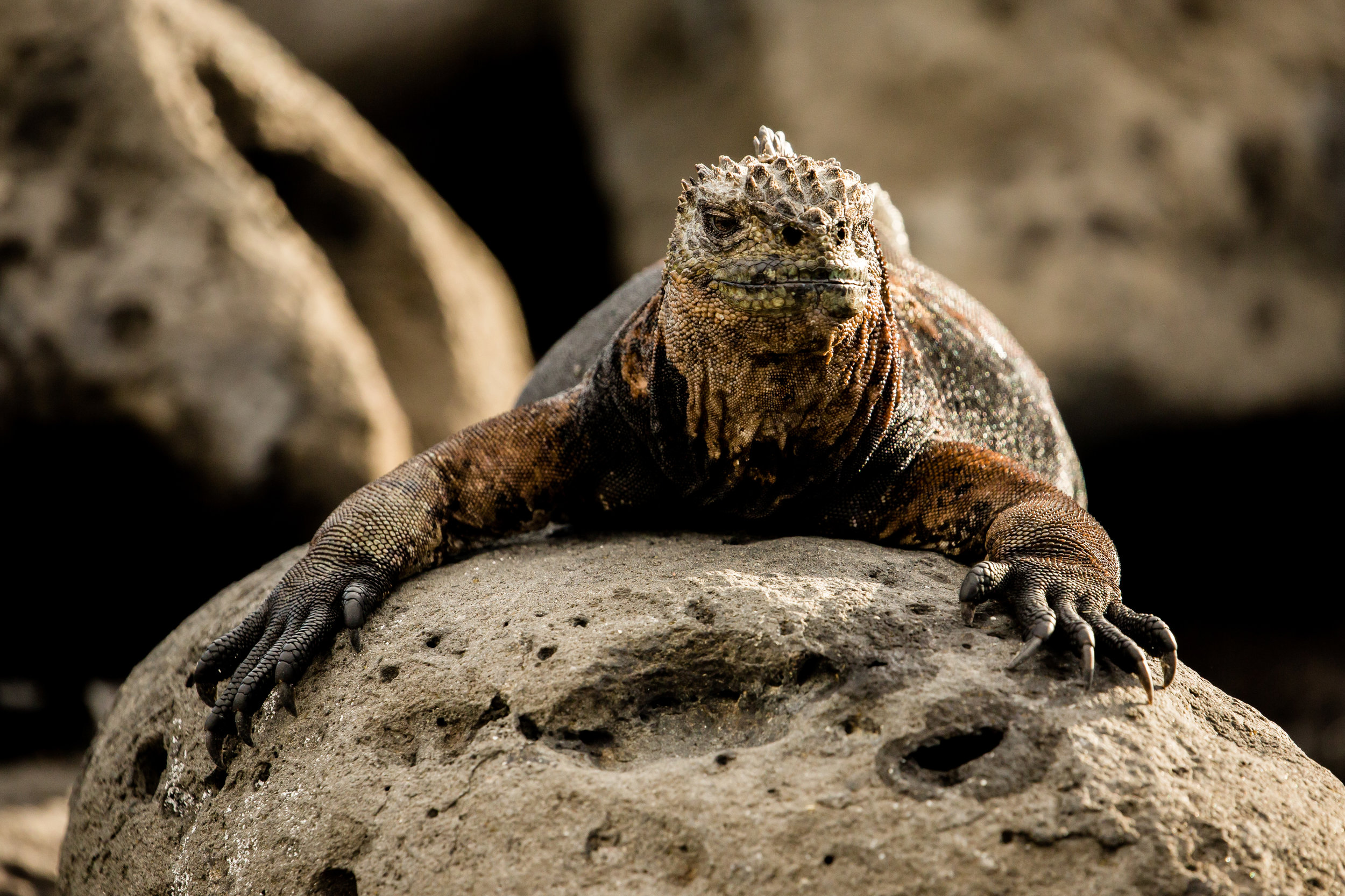



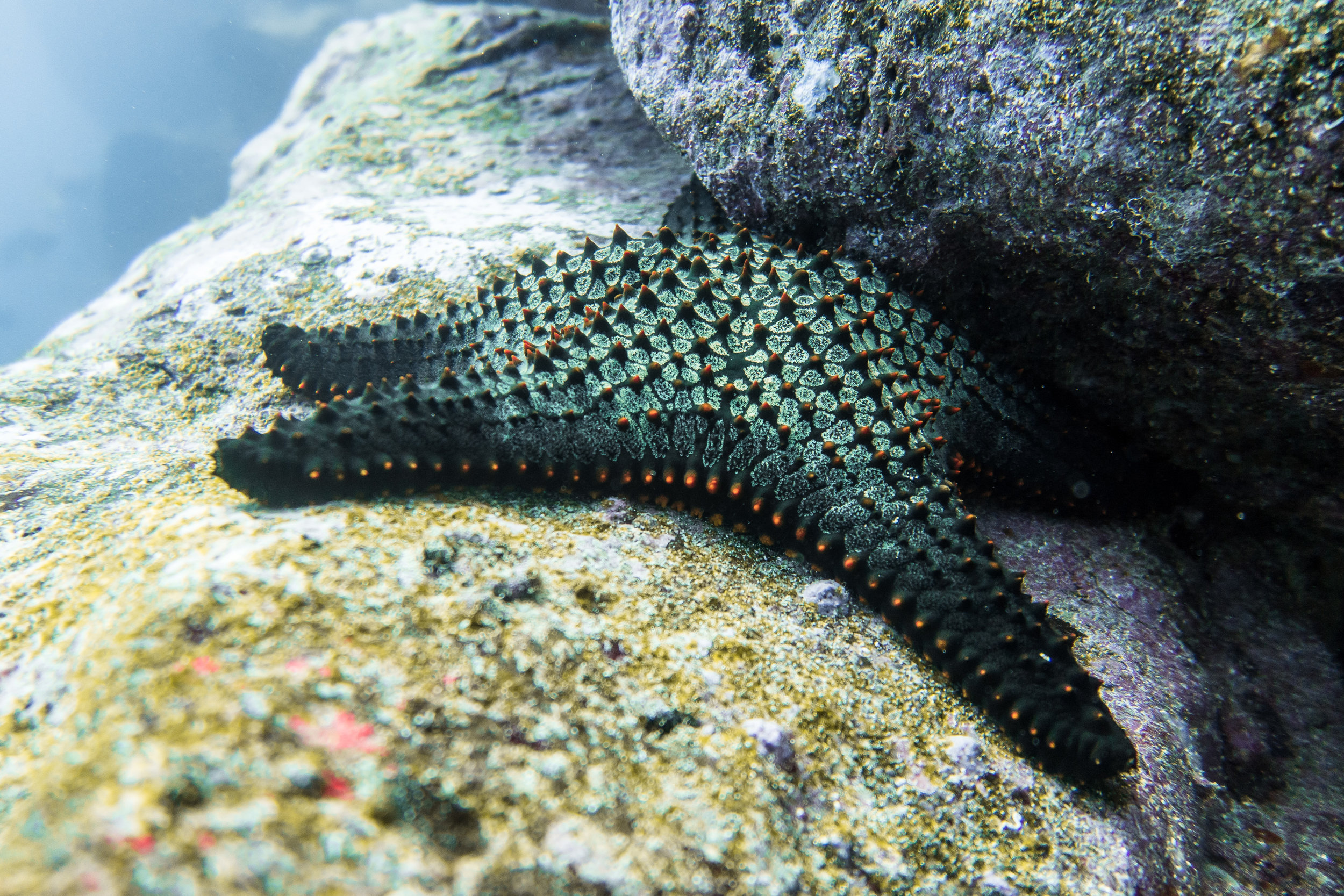
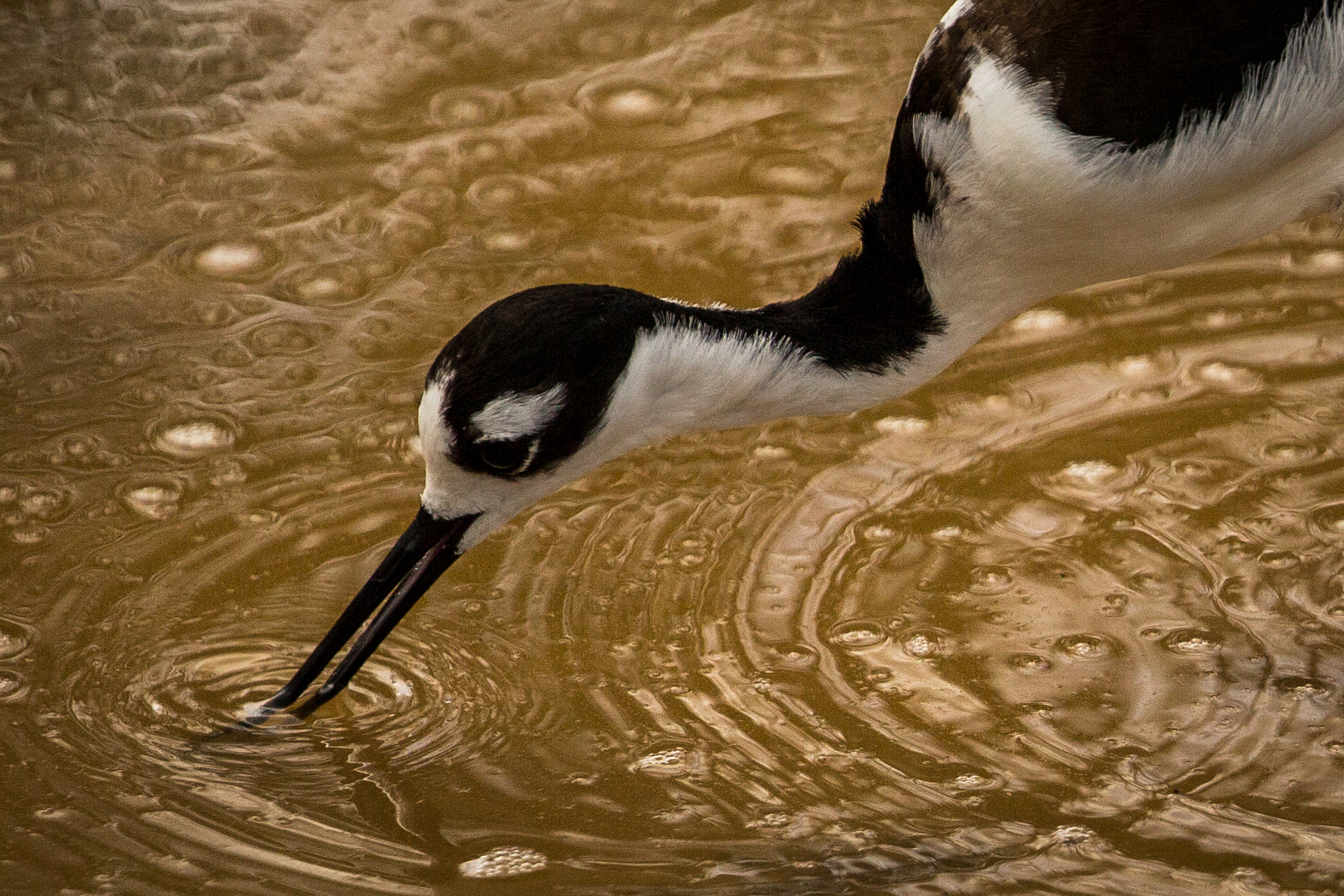




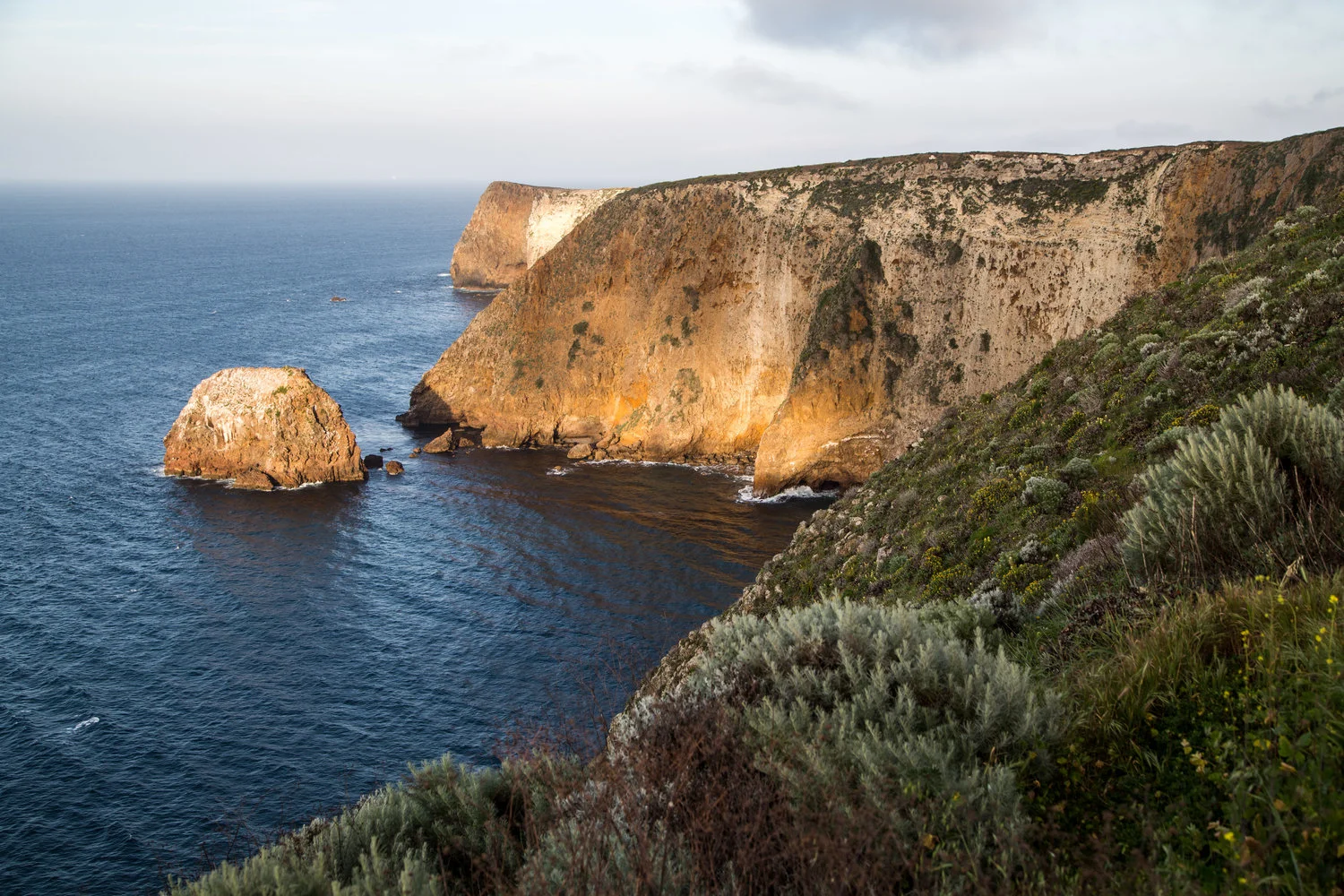






"We call Galapagos a ‘social ecosystem’ - the union of the community with the ecosystem’s management, which is what generates conservation." Interview with Christian Sevilla, responsible for the Conservation and Restoration of Island Ecosystems department within the Galapagos National Park.